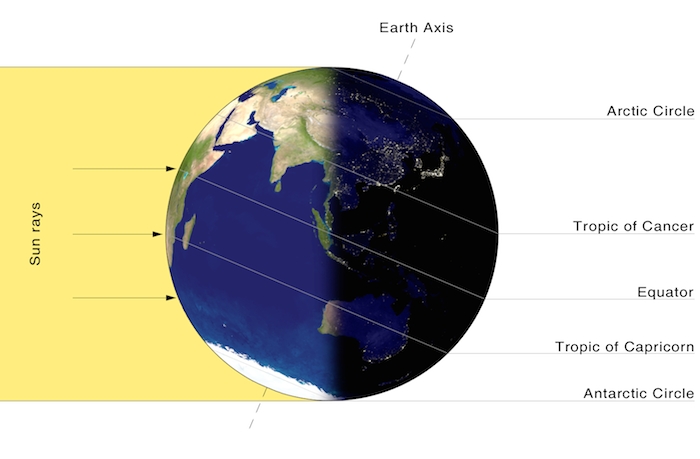Winter officially arrives December 21st (11:19 pm) with the Winter Solstice. For us the Sun, at noon will appear at its lowest altitude above the southern horizon of the year, and day length will be at its shortest. This means we sky-watchers can get out to view the night sky at an earlier hour.
December also brings our 33rd annual Planetarium Christmas Program to the public at the Kent County High School. This year’s all new program is entitled, THE MANY GIFTS OF CHRISTMAS. As usual, the show is put together with the help of the staff and students of the high school’s FM radio station, WKHS-FM, 90.5, and it tells the story, traditions, and history of Christmas in our own special way.
First night will be Friday December 13th, and will continue on Monday December 16th, Tuesday December 17th, Thursday December 19th, and Friday December 20th. All shows begin at 7:00 o’clock pm. There is no admission charge and seasonal refreshments will be offered. Pick a night and join in the fun under the planetarium skies!
A great lineup of three planets, Jupiter, Venus, and Saturn will occur on December 1st one hour after sunset and looking southwest. Jupiter will be the lowest (closer to the horizon) and be 2nd brightest; with Venus (7 times brighter than Jupiter) to the upper left of Jupiter. Saturn, the dimmest, will be to the upper left of Venus.
Be sure to catch this lineup early in December, because by mid-month Jupiter will be lost to sight by the Sun’s glare, and Saturn will have reached the same fate by Christmas Eve.
Venus, however, will climb higher with each passing day all month, and on December 10th will be seen just below Saturn. On December 28th a thin crescent Moon will appear just below Venus.
Mars will begin to re-appear this month, but in the morning before sunrise in the eastern sky. On December 1st it will rise around 4:30 am local time and be well up by 6:00 am. The waning crescent Moon will be seen just above Mars on the morning of the 22nd, and just below it on the 23rd.
Looking north around 1 or 2 am on December 23rd (dress warmly), we might be able to see upwards of 30 meteors per hour from the Ursid meteor shower; meteors appearing to come from the area of the Little Dipper.
I wish all faithful readers of Sky-Watch a very Merry Christmas; and lots of clear skies! Keep looking up!



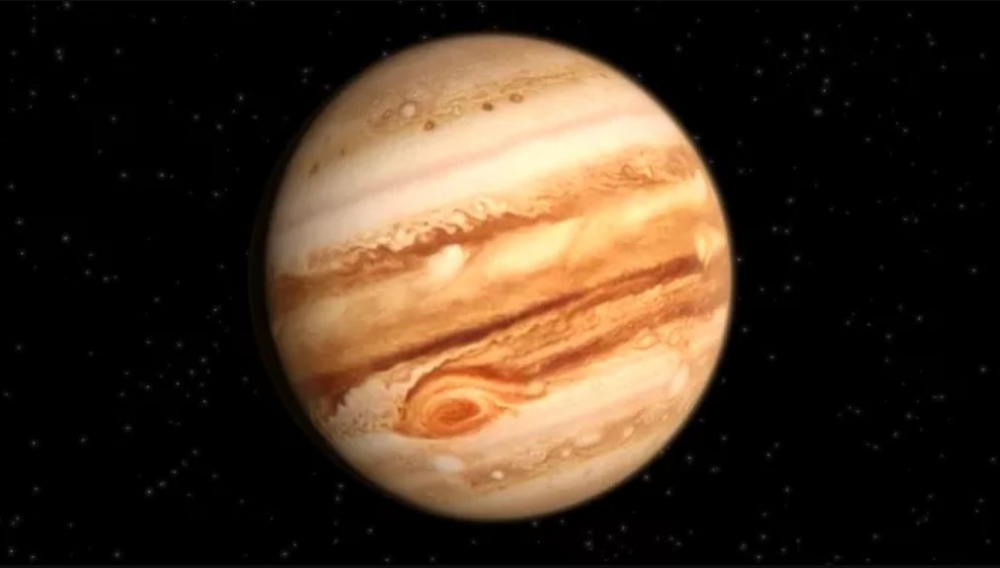
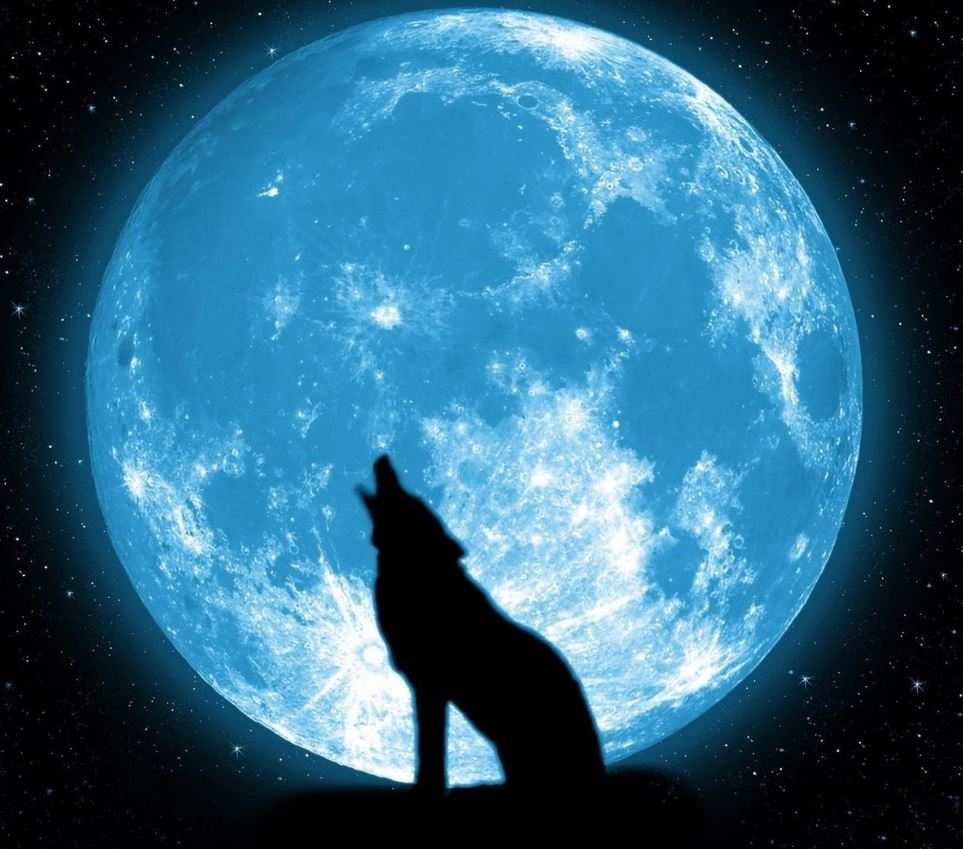
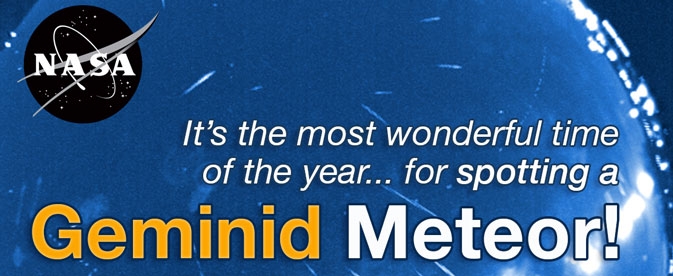
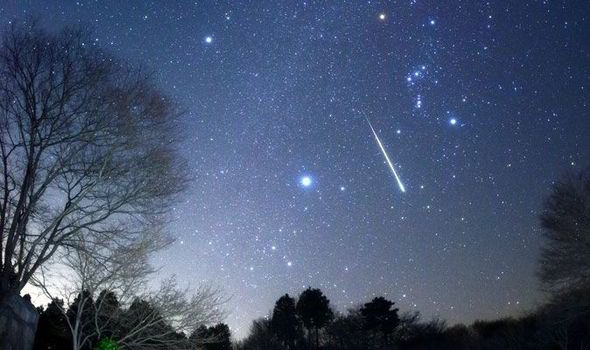
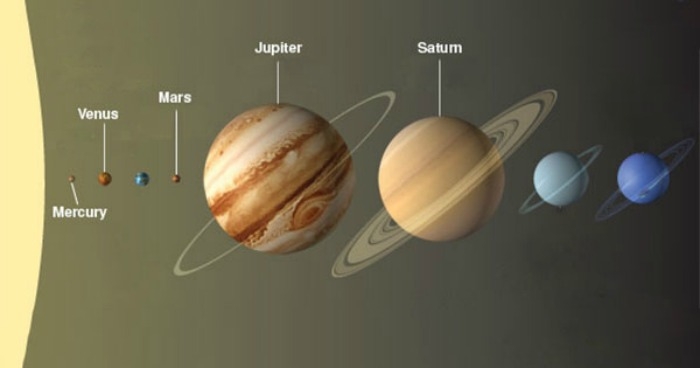
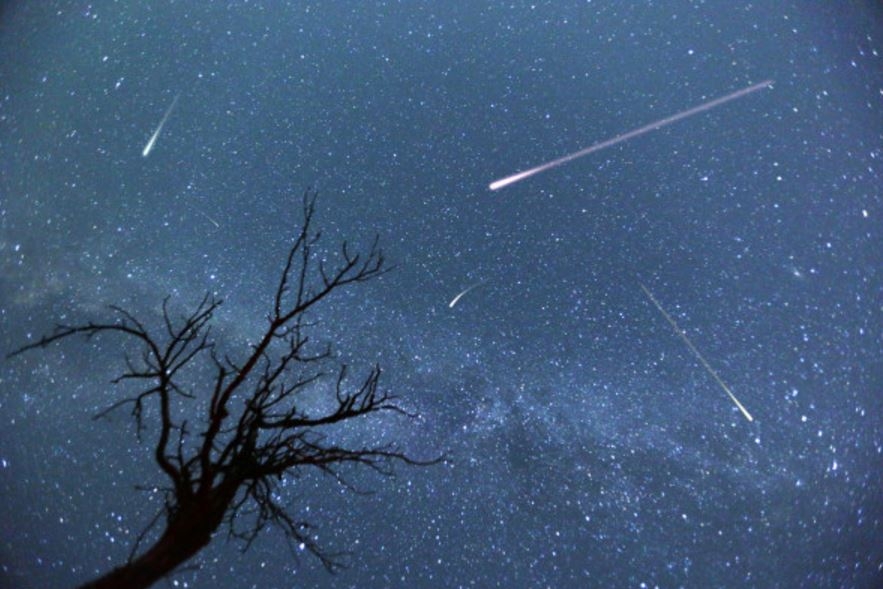
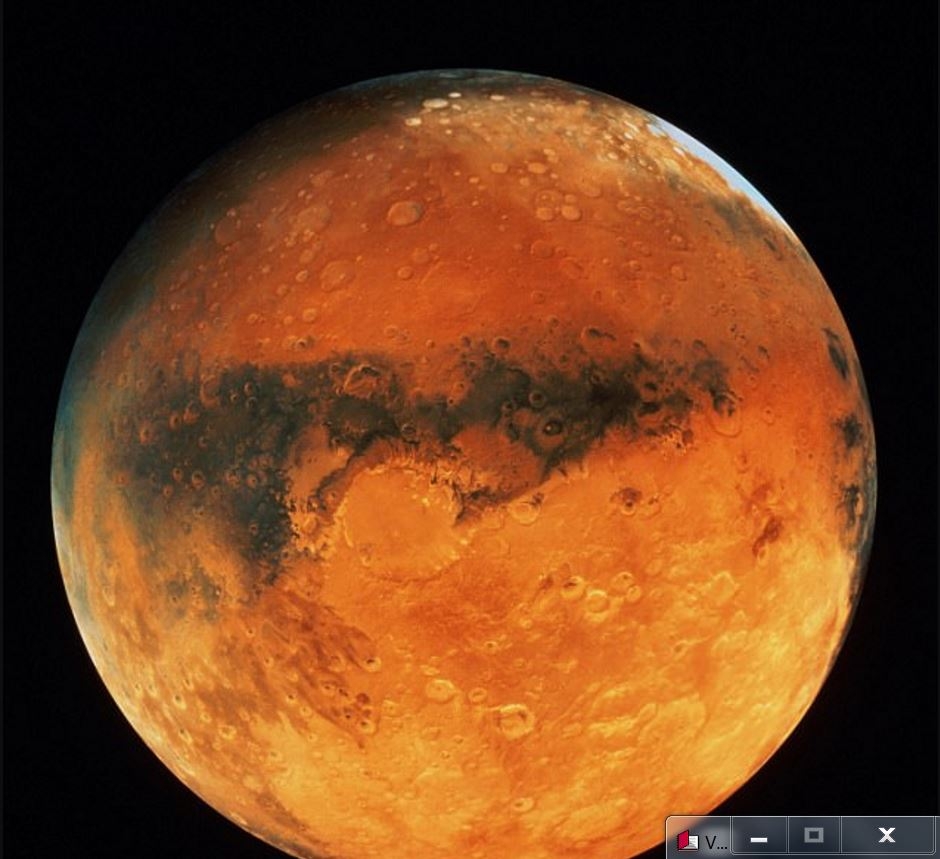
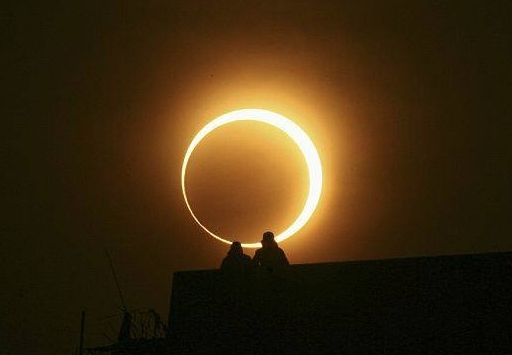 Monday afternoon, right here in Maryland, weather permitting, you can see the Great Solar Eclipse of 2017, though it won’t be completely total here. In Maryland, it will be about 83% but still it should be a fantastic sight. The eclipse runs from about 1:18 pm until 4:00 pm. The peak of the eclipse will be at about 2:43 pm. Remember not to look directly at the sun unless you have purchased special sun-viewing glasses, ordinary sunglasses aren’t enough to prevent eye damage. After 4:00 pm, the eclipse will be over. Don’t miss it!
Monday afternoon, right here in Maryland, weather permitting, you can see the Great Solar Eclipse of 2017, though it won’t be completely total here. In Maryland, it will be about 83% but still it should be a fantastic sight. The eclipse runs from about 1:18 pm until 4:00 pm. The peak of the eclipse will be at about 2:43 pm. Remember not to look directly at the sun unless you have purchased special sun-viewing glasses, ordinary sunglasses aren’t enough to prevent eye damage. After 4:00 pm, the eclipse will be over. Don’t miss it!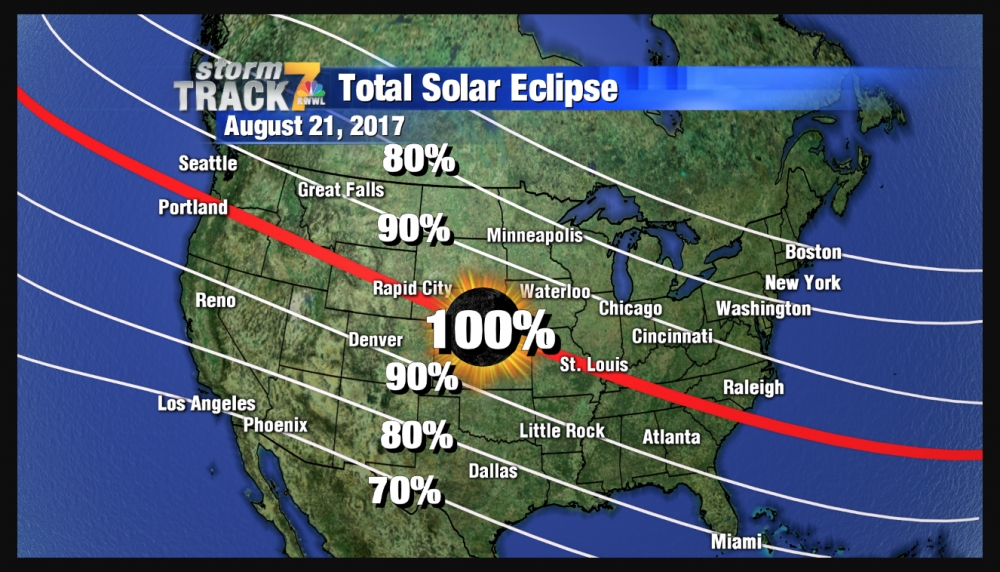
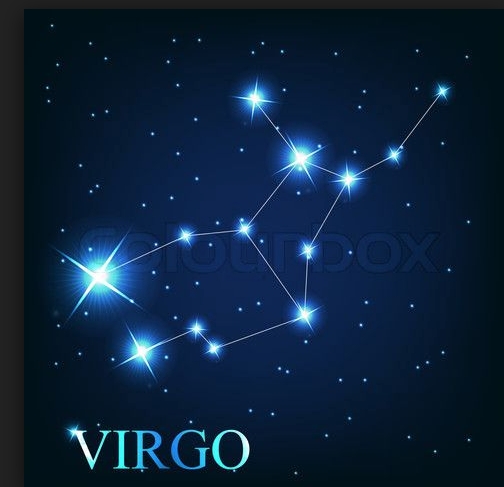
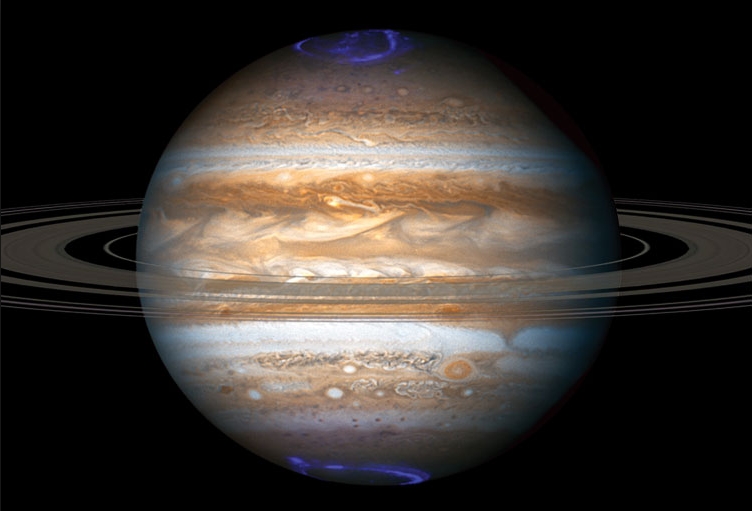

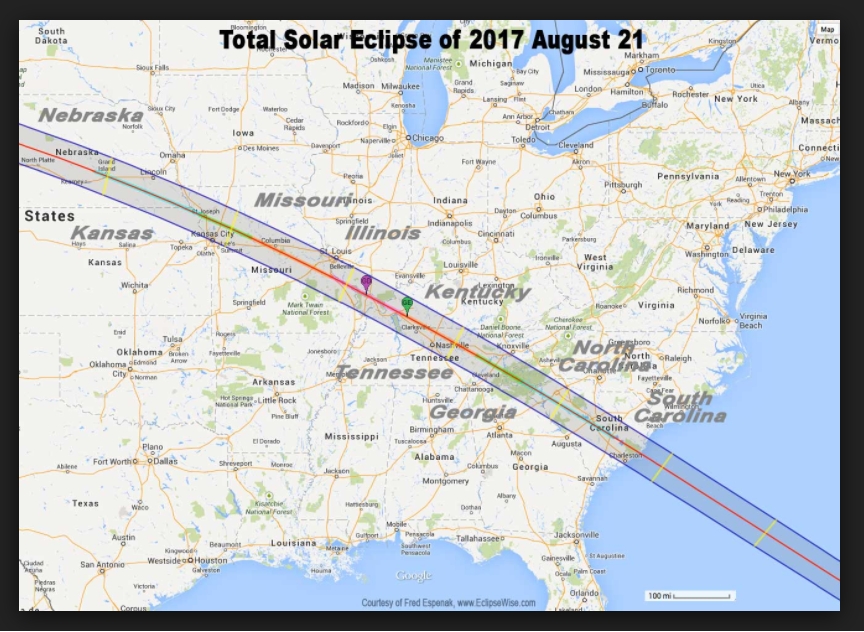

 Another planet, Venus, dazzles too, but in the early dawn eastern sky. Venus reaches greatest western elongation on
Another planet, Venus, dazzles too, but in the early dawn eastern sky. Venus reaches greatest western elongation on 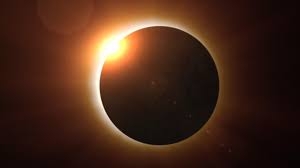
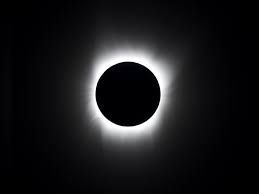 I look forward with great anticipation to seeing my first solar totality. I am told it feels like nothing else in life. So just let it in. I heard of someone saying, “It felt like the home of my soul.” American author James Fenimore Cooper, after viewing the total solar eclipse in Oswego New York in 1806, said, “Never have I beheld any spectacle which so plainly manifested the majesty of the Creator, or so forcibly taught the lesson of humility, as a total eclipse of the Sun.”
I look forward with great anticipation to seeing my first solar totality. I am told it feels like nothing else in life. So just let it in. I heard of someone saying, “It felt like the home of my soul.” American author James Fenimore Cooper, after viewing the total solar eclipse in Oswego New York in 1806, said, “Never have I beheld any spectacle which so plainly manifested the majesty of the Creator, or so forcibly taught the lesson of humility, as a total eclipse of the Sun.”